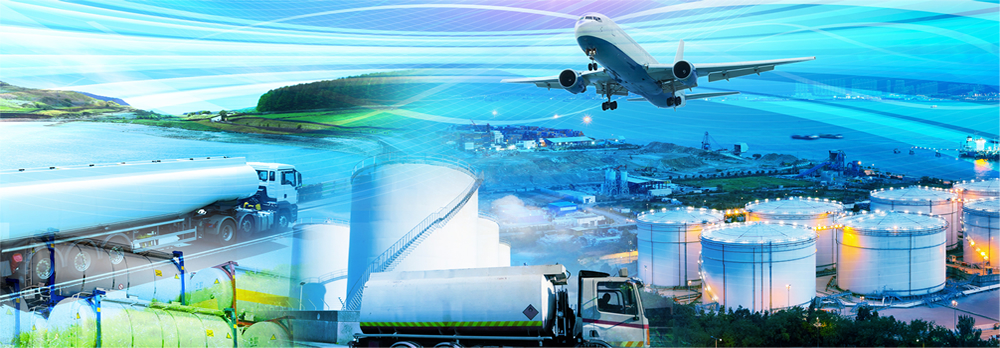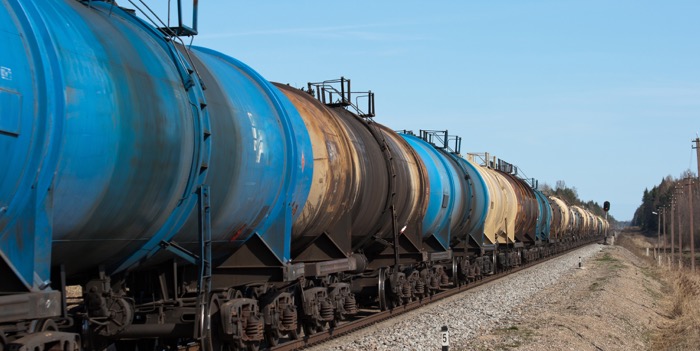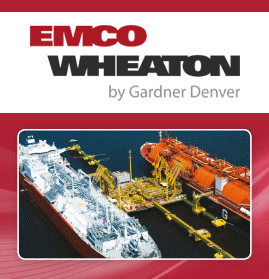
Safety First: Intermodal Safety for Oil and Gas Transportation
The Fraser Institute, an organisation that produces research about government actions in areas that affect Canadians’ quality of life, including energy and the environment, has released a report that covers the transport of oil and gas.
The report – Safety First: Intermodal Safety for Oil and Gas Transportation – examines the latest data on the safety of oil and gas transport. In general, the transport of oil and gas is quite safe by all modes the institute examined: pipeline, rail, and tanker, though there are differences between the modes that should be considered when developing infrastructure.

The institute said pipelines suffer few occurrences given the amount of oil and gas that is shipped through them. Just 17% of pipeline occurrences take place in the actual line pipe, meaning that the vast majority of spills occur in facilities that often have secondary containment mechanisms and procedures. The results were similar for rail, where the transportation of oil was found to result in fewer accidents per Mboe transported than natural gas. Also similar to the data on pipelines, most rail accidents occurred in facilities rather than in transit.
For full details of the report visit www.fraserinstitute.org
1st Aug 2017










